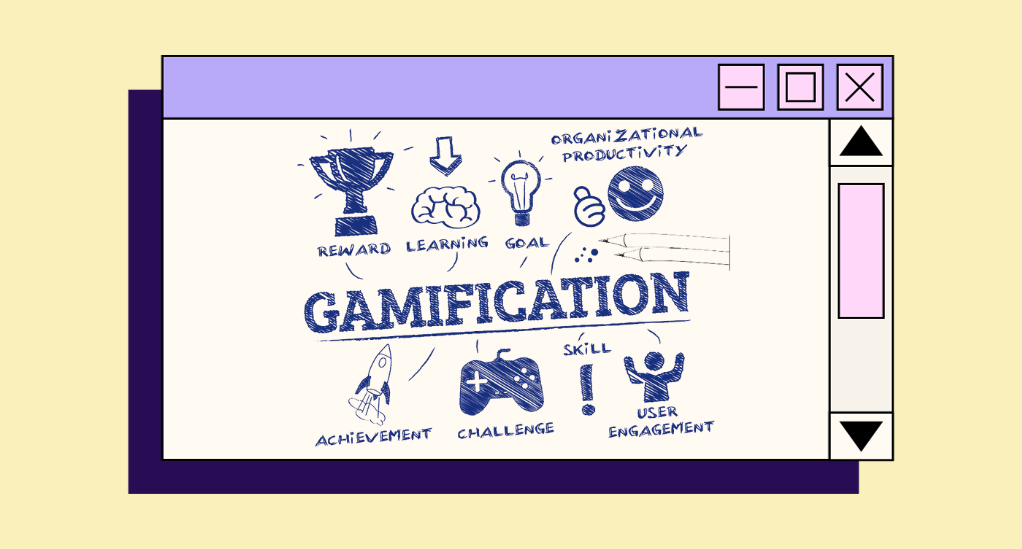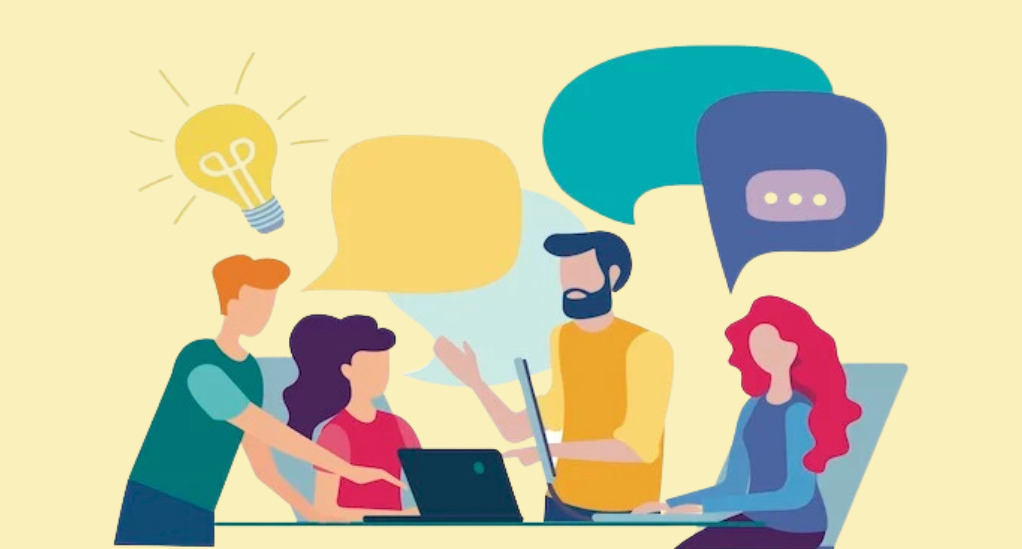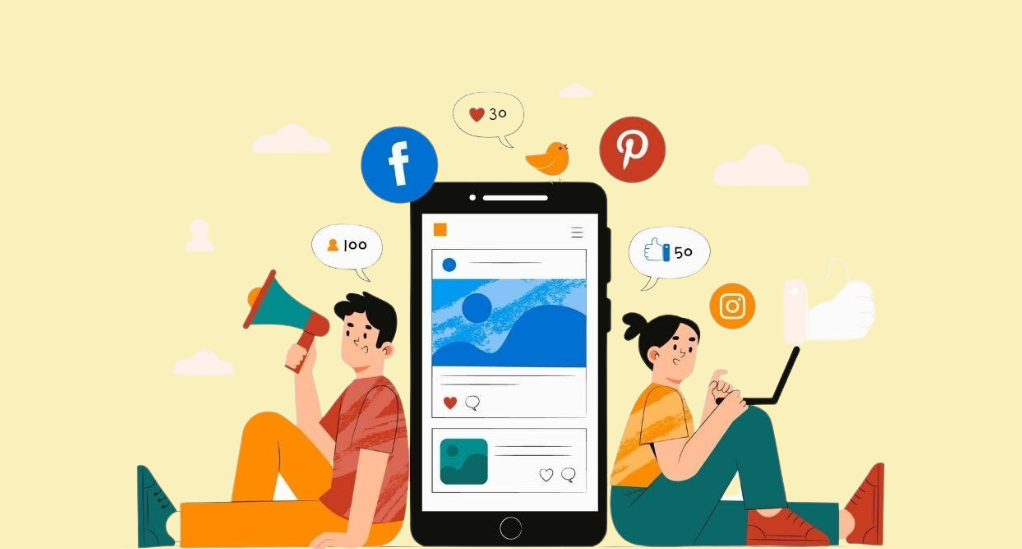How to Boost Customer Retention with Email Gamification
In today’s digital age, businesses are constantly seeking innovative ways to engage their audience and foster loyalty. One such strategy that has gained significant traction is the integration of gamification in email marketing. But what exactly is gamification, and why is it becoming a go-to strategy for many marketers?
What is Gamification?
At its core, gamification involves the application of game mechanics and design principles to non-game contexts. It’s about transforming mundane tasks into engaging activities by incorporating elements traditionally found in games, such as points, leaderboards, challenges, and rewards. The primary goal is to enhance user engagement, motivation, and overall experience.

| Gamification Element | Application in Email Marketing |
|---|---|
| Points | Awarded for opening emails, clicking on links, or making purchases. |
| Leaderboards | Showcasing top engaged subscribers or customers. |
| Challenges | Encouraging users to complete specific actions within a timeframe for rewards. |
| Badges/Achievements | Recognizing milestones like ’10th Purchase’ or ‘1 Year Subscription Anniversary’. |
Why Gamification in Email Marketing?
Emails are a primary communication channel for many businesses, but with the influx of promotional emails flooding inboxes daily, standing out becomes a challenge. Gamification offers a solution by making emails more interactive and personalized.
For instance, instead of sending a standard promotional email, a company might send a gamified email where subscribers can “spin a wheel” to win discounts. Such interactive elements not only increase the open and click-through rates but also enhance the overall user experience, making subscribers look forward to the next email.
Moreover, gamified emails can drive specific user behaviors. By setting up challenges or awarding points for certain actions, businesses can guide subscribers towards desired outcomes, be it reading a blog post, leaving a review, or making a purchase.
The Importance of Customer Retention
Customer retention is often overshadowed by the allure of acquiring new customers. However, in the long run, retaining existing customers proves to be more cost-effective and beneficial for businesses. Let’s delve into why customer retention is paramount and how gamification can play a pivotal role in achieving it.
Why Focus on Customer Retention?
- Cost Efficiency: Acquiring a new customer can cost five to twenty-five times more than retaining an existing one. Marketing campaigns, advertisements, and outreach efforts all require significant investment. In contrast, efforts geared towards existing customers, who are already familiar with the brand, often yield better results with fewer resources.
- Higher ROI: A mere 5% increase in customer retention can lead to an increase in profits ranging from 25% to 95%. Loyal customers tend to purchase more frequently and are more likely to opt for premium products or services, leading to a higher lifetime value.
- Brand Loyalty: Customers who have positive experiences with a brand are more likely to remain loyal. They are less sensitive to price changes, more forgiving of minor hiccups, and often serve as brand ambassadors, recommending the brand to friends and family.
- Referrals: Word of mouth remains one of the most potent marketing tools. Satisfied customers are more likely to refer a brand, bringing in new potential customers without any additional marketing costs.
Gamification: A Tool for Enhanced Retention
Gamification taps into the human psyche’s love for rewards, competition, and achievement. By gamifying the customer experience, businesses can foster engagement and loyalty. For instance, a point-based system where customers earn points for every purchase can be introduced. These points can later be redeemed for discounts, exclusive products, or other rewards, incentivizing repeat purchases.
Moreover, challenges or quests can be set up, encouraging customers to engage with the brand in various ways, such as sharing on social media, reviewing products, or referring friends. Completing these challenges can lead to badges, exclusive deals, or higher tiers in a loyalty program.
Understanding Your Audience
Before diving headfirst into gamified email campaigns, it’s crucial to have a deep understanding of your audience. Knowing who your customers are, what drives them, and what they value can make the difference between a successful gamified campaign and one that falls flat.

The Significance of Demographics in Gamification
- Age: Different age groups have varying preferences when it comes to games and rewards. While younger audiences might be drawn to competitive leaderboards and flashy badges, older demographics might appreciate loyalty points or tangible rewards.
- Location: Cultural nuances can play a significant role in how gamified elements are perceived. What works in one region might not necessarily resonate in another. Tailoring your gamified emails to cater to regional preferences can enhance engagement.
- Interests: By analyzing purchase histories, browsing behaviors, and feedback, businesses can gain insights into what their audience values. This information can be invaluable when designing challenges or rewards.
Utilizing Surveys for Deeper Insights
Surveys can be a goldmine of information. By directly asking your customers about their preferences, pain points, and desires, you can tailor your gamified campaigns to be more effective.
- Feedback on Previous Campaigns: Understanding what worked and what didn’t in past campaigns can guide future endeavors. Was a particular challenge too difficult? Were the rewards not enticing enough? Direct feedback can provide answers.
- Reward Preferences: Not all rewards are created equal. Some customers might value discounts, while others might prefer early access to new products or exclusive content. Knowing what your audience values can make your rewards more effective.
- Engagement Metrics: Surveys can help gauge how engaged your audience is. Are they excited about your gamified emails? Do they look forward to them? Or do they find them tedious? Such insights can guide the design and frequency of your campaigns.
Loyalty Programs: The Game Changers
In the competitive landscape of modern business, loyalty programs have emerged as a powerful tool to keep customers engaged and incentivized. When combined with the interactive elements of gamification, these programs can transform the customer experience, leading to increased brand loyalty and repeat business.
Loyalty programs are structured marketing strategies designed to encourage customers to continue shopping or using services associated with a particular brand. They often involve collecting points, earning rewards, or gaining access to exclusive deals based on purchasing behavior.
Why Loyalty Programs Work?
- Tangible Rewards: Customers love to feel that they’re getting something extra for their loyalty. Whether it’s a discount, a free product, or early access to a sale, tangible rewards provide immediate gratification.
- Sense of Achievement: As customers accumulate points or climb the tiers of a loyalty program, they experience a sense of accomplishment. This feeling can be addictive, driving them to engage more with the brand.
- Exclusivity: Exclusive offers or products make customers feel special and valued. This exclusivity can enhance the perceived value of being part of a loyalty program.
Integrating Gamification into Loyalty Programs
To elevate the effectiveness of loyalty programs, businesses can integrate gamified elements:
- Tiered Systems: Instead of a flat points system, introduce tiers (e.g., Silver, Gold, Platinum). As customers move up, they unlock better rewards, encouraging continued engagement.
- Challenges & Quests: Set up monthly challenges or quests. For instance, “Make five purchases this month and unlock a 20% discount.”
- Social Sharing: Reward customers for sharing their achievements or rewards on social media, amplifying brand visibility.
- Leaderboards: Showcase top customers of the month based on points earned, fostering a sense of competition.
Mobile Compatibility: Reaching Customers on the Go
In our fast-paced digital era, mobile devices have become an integral part of our daily lives. From shopping to socializing, consumers are increasingly turning to their smartphones and tablets. For businesses, this shift underscores the importance of ensuring that their gamified email campaigns and loyalty programs are mobile-friendly.
The Rise of Mobile Users
The statistics are clear: mobile internet usage has surpassed desktop in recent years. With the convenience of accessing information anytime, anywhere, consumers prefer using their mobile devices for various online activities, including checking emails and engaging with brands.
- Instant Access: Mobile devices allow users to instantly access their emails, making it crucial for businesses to optimize their email campaigns for smaller screens.
- Increased Engagement: Mobile-optimized emails can lead to higher engagement rates. A user-friendly design ensures that customers can easily interact with gamified elements without any hassle.
- Higher Conversion Rates: A seamless mobile experience can lead to higher conversion rates. If a customer can easily navigate through a gamified email and make a purchase on their mobile device, they are more likely to do so.
Benefits of Creating Dedicated Apps for Loyalty Programs
While mobile-optimized emails are essential, businesses can take a step further by developing dedicated apps for their loyalty programs. Here’s why:
- Personalized Experience: Apps can provide a more personalized experience by tailoring content based on user behavior and preferences.
- Push Notifications: With apps, businesses can send push notifications about new challenges, rewards, or exclusive deals, ensuring that customers are always in the loop.
- Enhanced Gamification: Apps can offer more sophisticated gamified features, such as augmented reality challenges or interactive games, enhancing user engagement.
- Offline Access: Even without an internet connection, customers can access their loyalty program details, check their points, or browse exclusive deals through the app.
Best Practices for Mobile Compatibility
- Responsive Design: Ensure that emails automatically adjust to fit the screen size of the device they’re viewed on.
- Clear Call-to-Action (CTA) Buttons: CTAs should be easily clickable, with ample space around them to prevent accidental clicks.
- Test Extensively: Before rolling out any campaign, test it across various devices and screen sizes to ensure a seamless experience.
- Limit File Sizes: Ensure that emails load quickly by optimizing images and limiting file sizes. Slow-loading emails can lead to decreased engagement.
Social Media Integration: Expanding the Playground
In the interconnected world of digital marketing, social media stands as a colossal pillar. Its influence on consumer behavior is undeniable, making it a valuable asset for businesses aiming to amplify their gamified email campaigns. By integrating social media into the mix, brands can create a more holistic and engaging customer experience.

The Power of Social Media in Promoting Gamified Email Campaigns
- Extended Reach: Every share, like, or retweet has the potential to introduce your brand to a new audience. When customers share their achievements or rewards from your gamified emails on social media, it amplifies your brand’s visibility.
- Enhanced Engagement: Social media platforms are inherently interactive. By creating challenges or rewards that encourage customers to engage on these platforms, businesses can foster deeper connections.
- Feedback Loop: Social media provides an immediate feedback mechanism. Whether it’s comments, likes, or direct messages, brands can gauge the success of their campaigns in real-time and make necessary adjustments.
Encouraging Customer Engagement through Social Media Challenges and Rewards
- Share & Win: Encourage customers to share their rewards or achievements from your gamified emails on social media with a specific hashtag. In return, offer them additional points or exclusive deals.
- Leaderboard Showcases: Highlight the top participants of your gamified campaign on your brand’s social media pages. This not only rewards top participants with recognition but also encourages others to participate more actively.
- Exclusive Social Media Quests: Introduce challenges that can only be completed on social media platforms. For instance, “Follow our Instagram page and tag three friends to earn 50 bonus points.”
- User-Generated Content: Encourage customers to create content related to your brand, such as unboxing videos, reviews, or creative uses of your product. Reward the best entries with special badges or higher-tier rewards.
Best Practices for Integrating Social Media and Email Gamification
- Consistent Branding: Ensure that the look and feel of your gamified emails and social media posts are consistent. This creates a cohesive brand experience for the customer.
- Clear Instructions: Whether it’s sharing a post or participating in a challenge, always provide clear instructions to ensure customers know how to engage and earn rewards.
- Monitor & Engage: Actively monitor social media mentions related to your campaign. Engage with participants, acknowledge their achievements, and address any concerns promptly.
- Analyze & Iterate: Use analytics tools to track the success of your integrated campaigns. Understand which elements resonate most with your audience and refine your strategies accordingly.
Simplicity is Key
While the allure of intricate gamified elements and complex loyalty schemes can be tempting, it’s essential to remember that sometimes, simplicity can be the most effective strategy. Overcomplicating gamified campaigns can lead to confusion, reduced engagement, and even deter customers from participating. Let’s explore why keeping things simple is often the best approach.
The Dangers of Overcomplicating Gamified Campaigns
- Confusion: Introducing too many rules, levels, or challenges can overwhelm customers. If they don’t understand how to earn points or what the rewards entail, they’re less likely to engage.
- Reduced Participation: If a campaign seems too intricate or time-consuming, customers might opt out, feeling that the effort isn’t worth the reward.
- Technical Glitches: The more complex a system, the higher the chances of technical issues arising. Glitches can frustrate customers and tarnish the brand’s reputation.
Strategies for Creating User-Friendly Gamified Emails
- Clear Communication: Ensure that the rules of the game, the rewards, and the steps to participate are communicated clearly and concisely. Avoid jargon and keep the language straightforward.
- Intuitive Design: The design of the email should be intuitive. Whether it’s clicking on a button to spin a wheel or entering a code to redeem points, the user journey should be seamless.
- Immediate Rewards: Instead of making customers wait or jump through multiple hoops, offer immediate rewards. Instant gratification can boost participation rates.
- Feedback Mechanism: Allow customers to provide feedback on the gamified campaign. This can offer insights into areas of confusion or frustration and guide future campaigns.
Conclusion
Email gamification, blending the excitement of gaming with strategic marketing, is set to redefine customer-brand interactions in the digital age. With potential advancements like personalized gaming experiences, AR/VR integration, and cryptocurrency rewards, the future promises a more immersive and tailored approach. However, as brands navigate this promising landscape, challenges like data privacy, potential over-saturation, and striking a balance between simplicity and innovation will be pivotal. As we move forward, those brands that can seamlessly integrate gamification while prioritizing customer experience will undoubtedly lead the way in the ever-evolving world of email marketing.


Leave a Reply